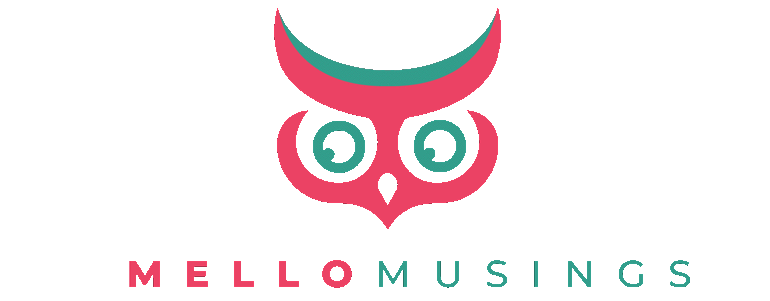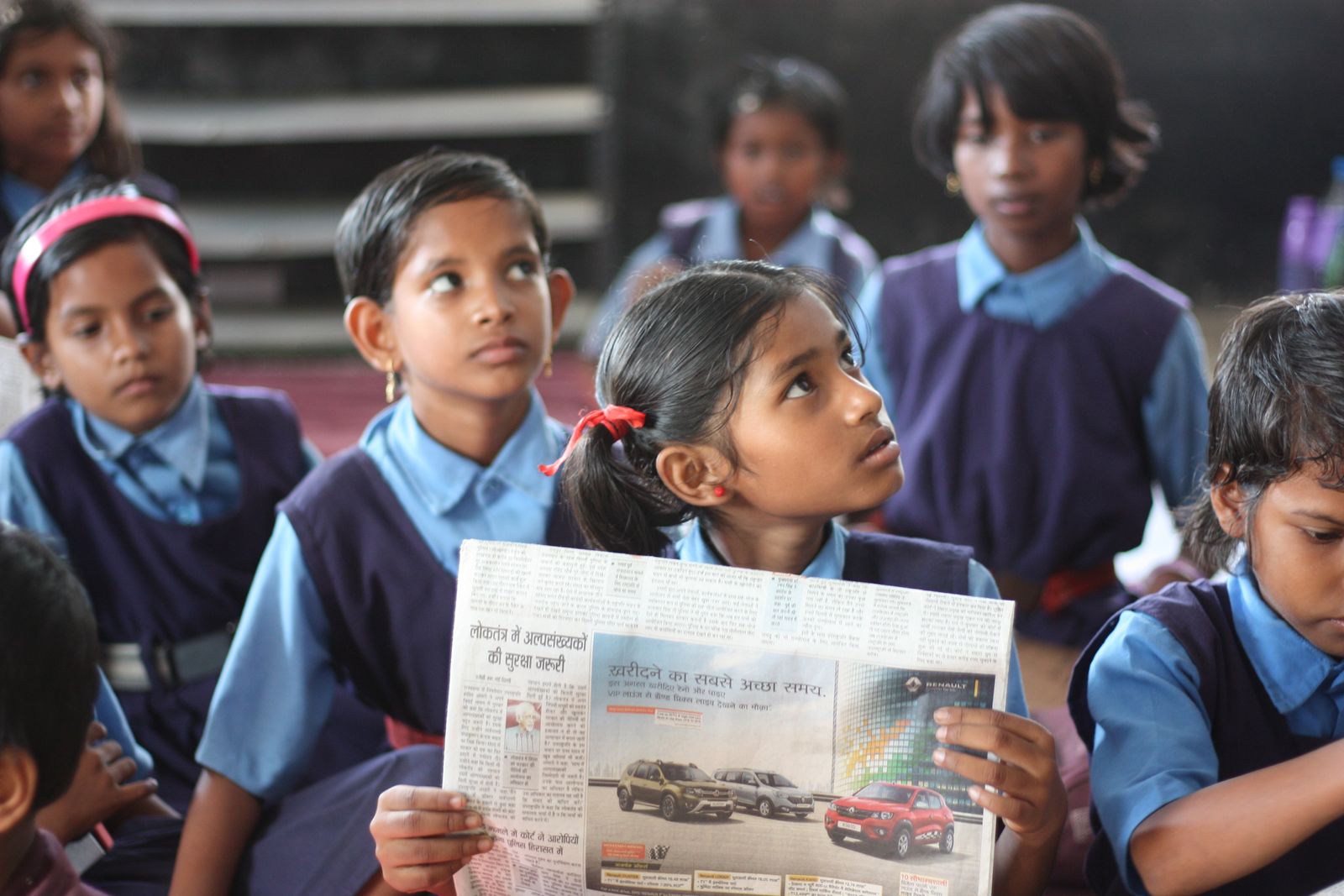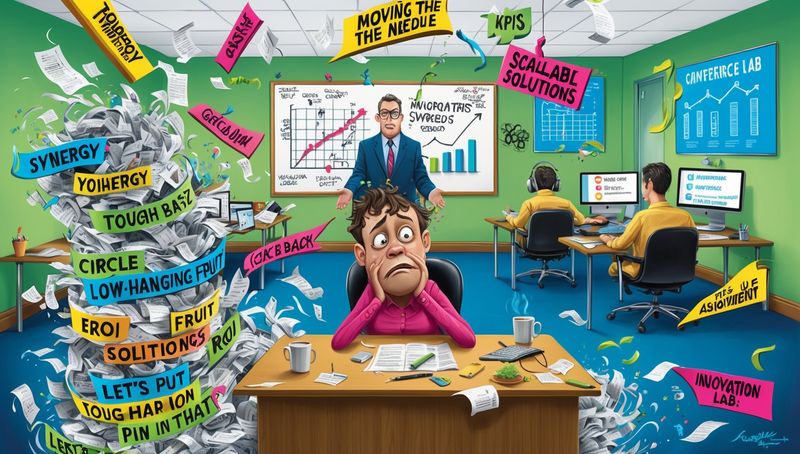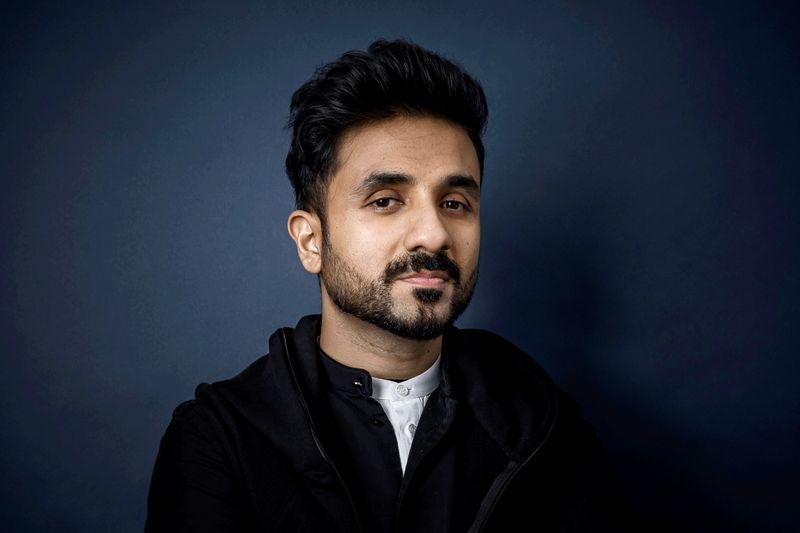Imagine a world where education is a luxury only a few can afford—a world where creativity is suppressed, rote learning is the norm, and the pursuit of knowledge becomes a burden. Welcome to the Indian education system, a behemoth that often wrecks our childhood instead of nurturing it.
In a country where education is hailed as the key to success, one would expect a robust and inclusive system that empowers every child. However, the reality is far from ideal.
The Indian education system is plagued by deep-rooted issues that hinder the development and growth of our young minds.
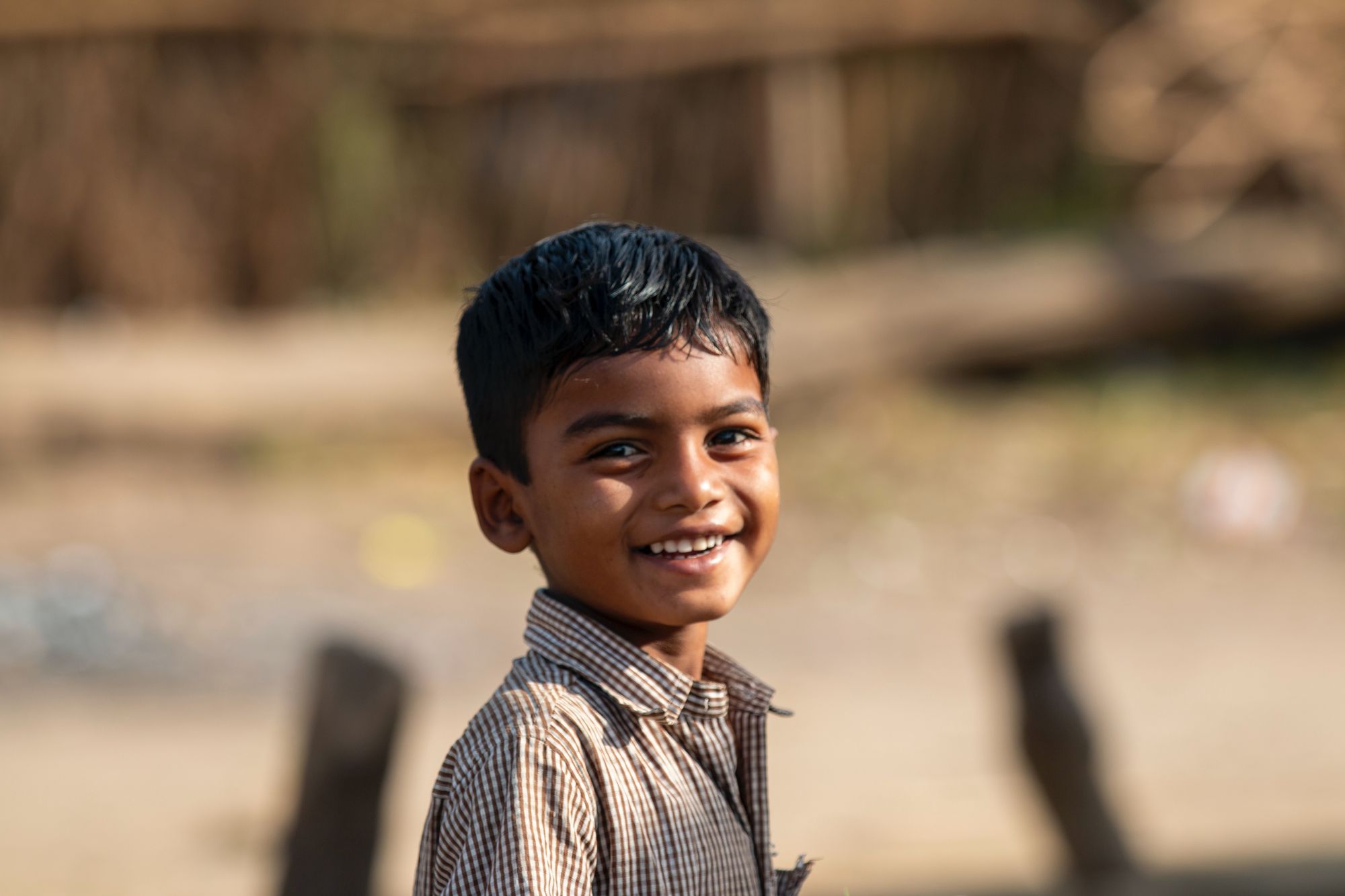
One of the biggest challenges is accessibility. While the Right to Education Act promises free and compulsory education for all children between the ages of 6 and 14, the ground reality tells a different story. Rural areas are particularly affected, with a lack of schools, qualified teachers, and basic infrastructure. The dream of education remains distant for millions of children who are left to fend for themselves in a world that demands knowledge and skills.
Even for those who manage to enter the education system, the journey is often arduous.
Rote learning takes center stage, with an emphasis on memorizing facts and regurgitating them in exams. The focus shifts from understanding concepts to scoring high marks—a process that stifles creativity and critical thinking. Students are reduced to mere machines, trained to excel in exams rather than developing a genuine passion for learning.

The consequences of this broken system are manifold. The pressure to perform takes a toll on students' mental health, leading to stress, anxiety, and even depression. The weight of expectations from parents, teachers, and society creates a suffocating environment where children are constantly striving to meet unrealistic standards.
The alarming rise in student suicides is a heartbreaking testament to the detrimental impact of our education system.
Furthermore, the disparity between public and private education exacerbates the problem. Quality education has become a luxury that only the affluent can afford. Private schools offer better facilities, well-trained teachers, and a more holistic approach to education. On the other hand, public schools are left grappling with limited resources, overcrowded classrooms, and a lack of qualified staff. This disparity widens the gap between the haves and have-nots, perpetuating social inequalities and denying equal opportunities to all.
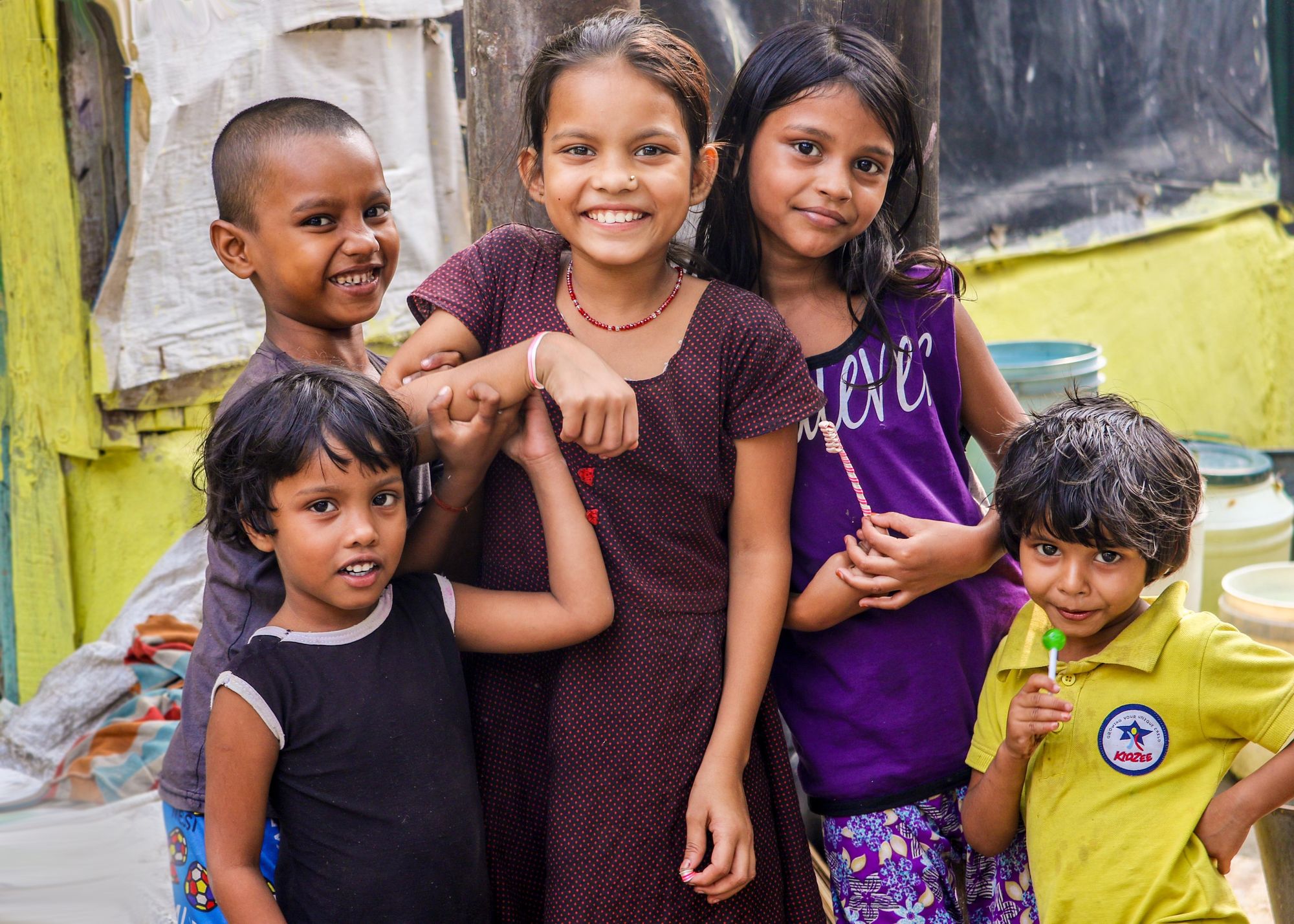
To truly understand the magnitude of the issue, let's delve into some research data. According to a report by the Annual Status of Education Report (ASER), only about 25% of students in grade 3 can read a grade 2 level text. This alarming statistic highlights the learning crisis that our education system faces. Another study conducted by the National Sample Survey Office (NSSO) revealed that the average annual expenditure per student in private unaided schools is more than double that in government schools. These figures paint a grim picture of an education system that fails to provide equal opportunities for all.
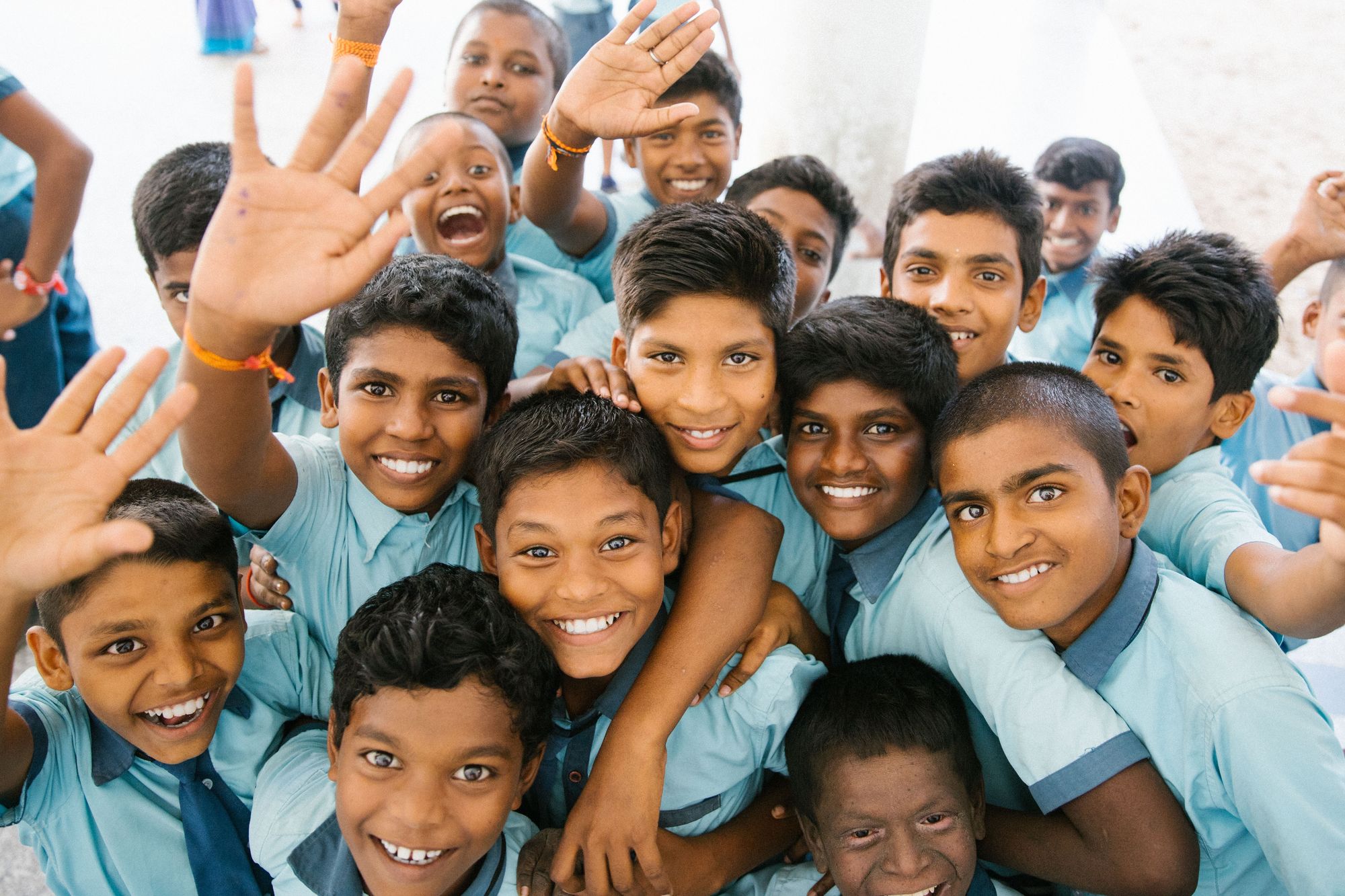
So, what can be done to transform this monster of a system into one that nurtures and empowers our children? The solutions lie in systemic reforms and a shift in mindset.
Here are a few potential avenues to explore:
- Emphasize holistic learning: Move away from the rote learning approach and focus on fostering creativity, critical thinking, and problem-solving skills. Encourage hands-on learning experiences that allow students to apply their knowledge in real-world scenarios.
- Invest in teacher training and infrastructure: Provide comprehensive training programs for teachers to equip them with the skills and knowledge needed to create engaging and effective learning environments. Additionally, ensure that schools have adequate infrastructure and resources to support quality education.
- Promote inclusive education: Bridge the gap between public and private education by investing in public schools and making quality education accessible to all. Implement policies that prioritize the needs of marginalized communities and ensure that every child, regardless of their background or economic status, has equal access to education.
- Encourage innovation and technology integration: Embrace the power of technology in education to enhance learning outcomes. Introduce interactive learning tools, online resources, and virtual classrooms to engage students and make learning more interactive and personalized.
- Foster a nurturing and supportive environment: Create a culture that values individuality, emotional well-being, and holistic development. Encourage open communication between students, teachers, and parents, and provide mental health support services to address the psychological challenges faced by students.
- Promote vocational training and skill development: Recognize that not all students have the same aspirations or strengths. Offer vocational training programs and alternative pathways that cater to different interests and talents, preparing students for diverse career options.
- Encourage parental involvement: Parents play a crucial role in a child's education. Encourage active participation and collaboration between parents and schools to create a supportive learning ecosystem that nurtures the overall development of the child.
Transforming the Indian education system is a monumental task that requires collective effort and commitment. It is time to acknowledge the flaws and address the challenges head-on.
By embracing a more student-centric approach, prioritizing quality and inclusivity, and nurturing a love for learning, we can dismantle the monster that wrecks our childhood.
Education should be a liberating experience that empowers individuals, ignites their curiosity, and equips them with the skills needed to thrive in a rapidly evolving world. It is time to envision an education system that fosters innovation, creativity, and critical thinking—a system that celebrates the unique potential of every child and prepares them to navigate the complexities of life.
